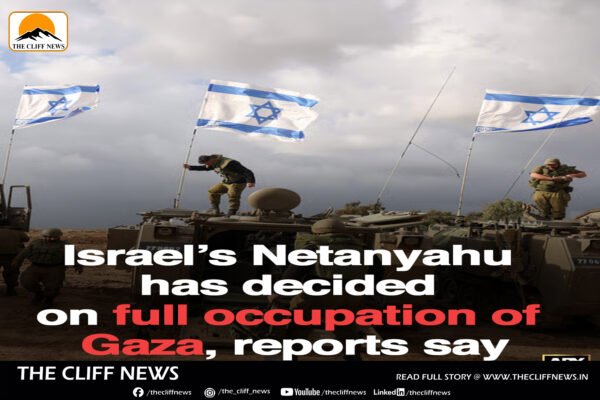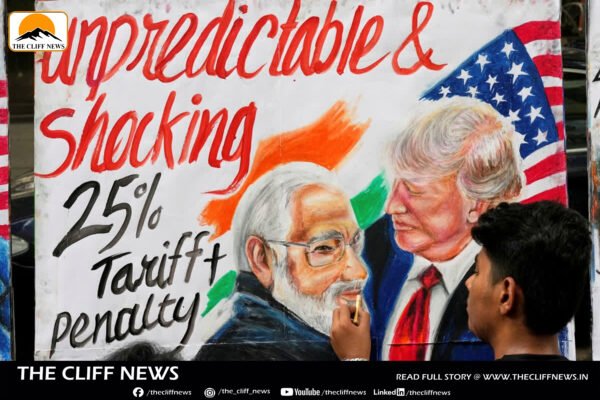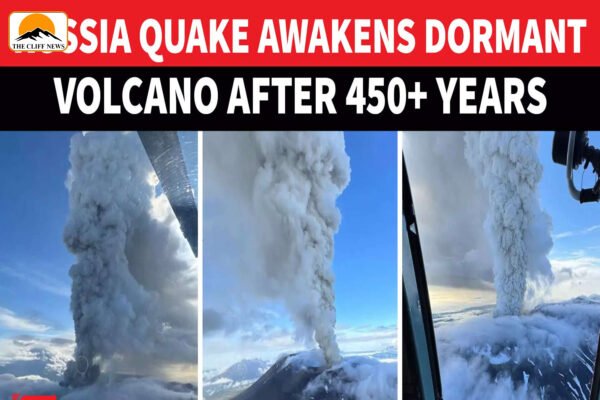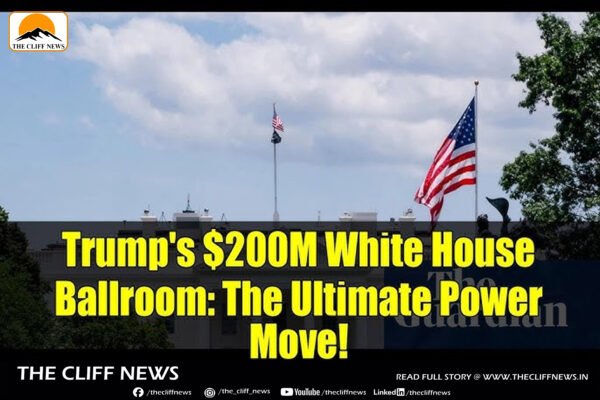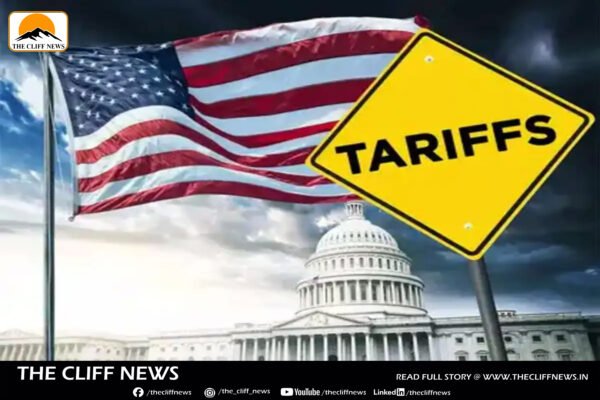England Becomes First Country to Launch Free Gonorrhoea Vaccination Program
In a global first, England’s National Health Service (NHS) has launched a free nationwide gonorrhoea vaccination programme, beginning August 4, to combat soaring STI cases and tackle growing antibiotic resistance. The vaccine rollout, targeting those most at risk, is being hailed as a public health milestone amid record-breaking infection rates. In 2023, gonorrhoea cases in England hit 85,000—the highest since tracking began in 1918 and nearly triple the number reported in 2012. 🔬 What’s the Vaccine? The jab is based on 4CMenB, a vaccine originally designed to protect against meningococcal B disease. While not specifically made for gonorrhoea, studies show it offers 32.7–42% protection against the infection—enough to significantly reduce transmission, reinfection, and complications. 🎯 Who Is Eligible? The vaccine will be offered through sexual health clinics to: 🗣️ What Officials Are Saying Ashley Dalton, Minister for Public Health and Prevention: “This world-first vaccination programme will help turn the tide on infections… I strongly encourage anyone who is eligible to come forward for vaccination.” Dr. Sema Mandal, UK Health Security Agency: “The vaccine will give much needed protection to those that need it most – making the UK a world leader in the fight against gonorrhoea.” 💉 Offered Alongside Other STI Vaccines Eligible individuals at sexual health clinics will now be able to receive the gonorrhoea jab along with: 💷 Health and Economic Impact ⚠️ Why It Matters Gonorrhoea is not just an inconvenience—it can cause: And it’s becoming harder to treat as the bacteria evolves resistance to antibiotics. Bottom line: England is setting a global precedent by using vaccines to fight the rise of a major STI. Experts and health leaders are calling on eligible individuals to come forward and get protected—not just for themselves, but for the wider community.


